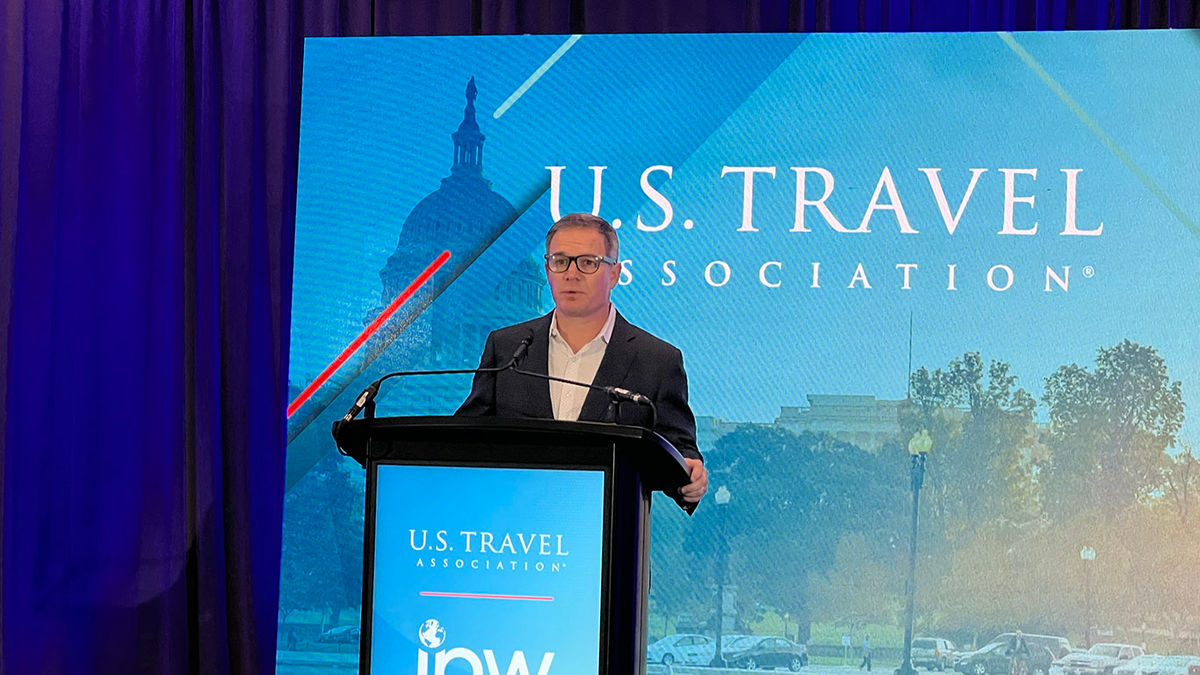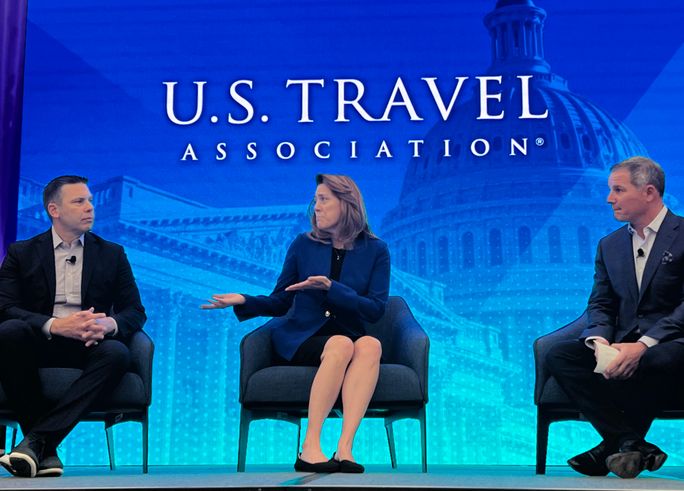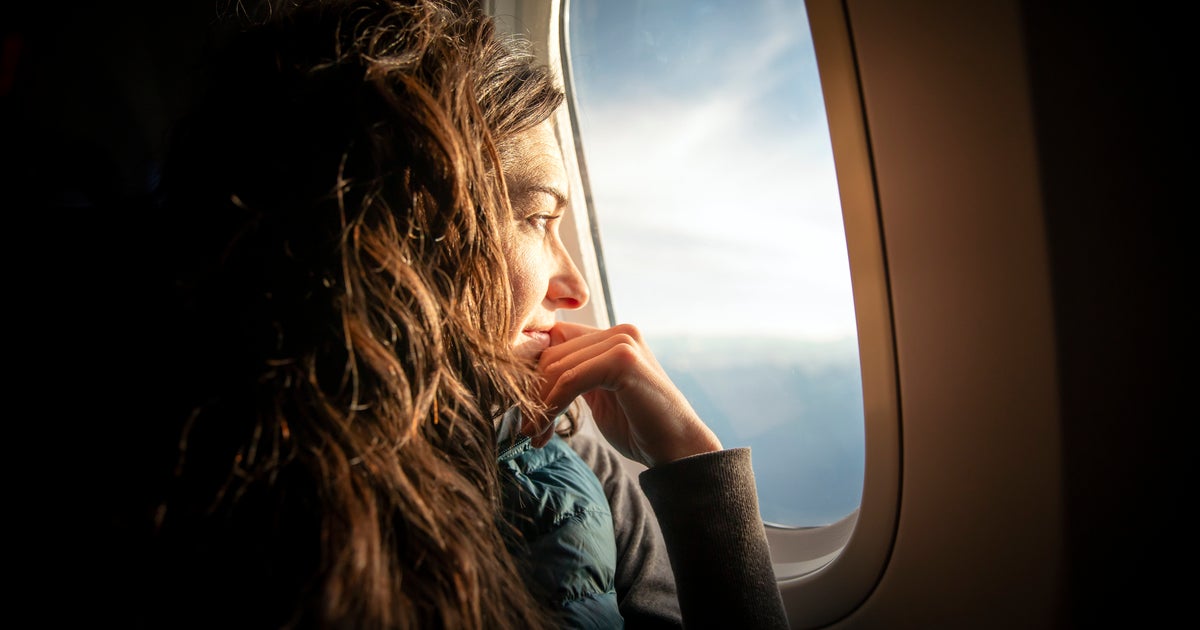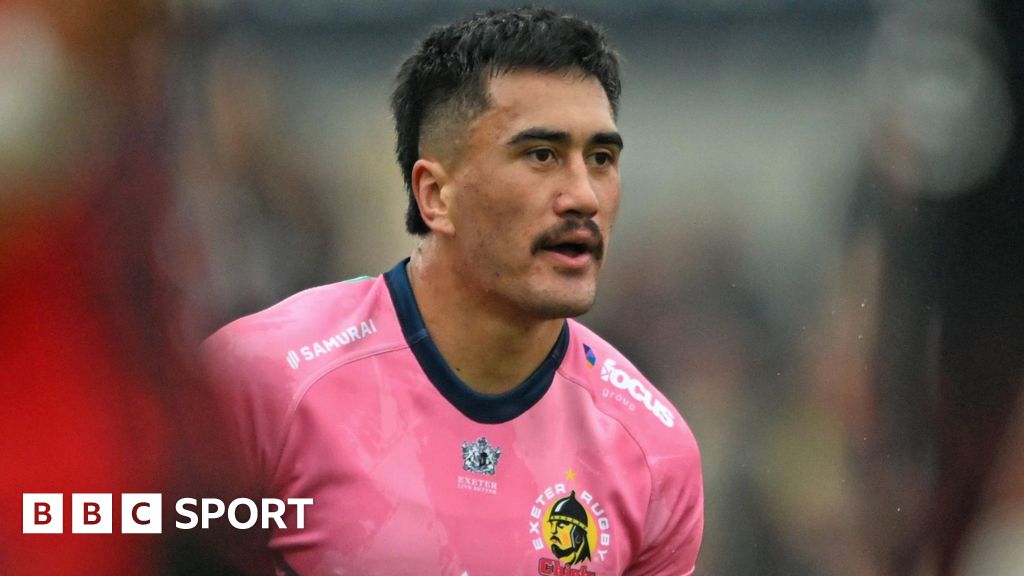Travel
US Travel Association Issues Visa Challenge to Presidential Administration

Los Angeles, California — The United States has “serious problems” when it comes to international inbound travel that must be resolved if the country is to regain its competitive edge.
That’s the assessment of the U.S. Travel Association and its leader Geoff Freeman, the organization’s president and CEO.
Freeman delivered his sober take on the problems plaguing inbound travel to the United States during a press conference today in Los Angeles, California where a travel industry convention is taking place.
“The United States remains the world’s most desired nation to visit, but at the end of 2019 we had 79 million visitors internationally and in 2023 we had 67 million international visitors,” Freeman told the media gathered for the IPW 2024 convention. “That’s only 84 percent of pre-pandemic levels.”
“When you look at travel as an export – before the pandemic we had a 12 billion [person] travel trade surplus. At end of last year we had about a 50 billion [person] travel trade deficit,” Freeman added.
There’s a handful of challenges that the United States currently faces when it comes to attracting international visitors and significantly ramping up inbound numbers, said Freeman. And some of those challenges are within the country’s ability to fix, while others are not.
There’s not much that can be done, for instance, about the strength of the U.S. dollar, which makes this country very expensive to visit from many other parts of the world. Similarly, there’s not much U.S. officials can do about the current prohibitions surrounding flights over Russian airspace, which pose a major obstacle for airlines coming to this country from China.
However, visa wait times continue to be a significant roadblock for international visitors — and that’s an issue U.S. officials can — and should — be able to fix, Freeman said.
“On the visa side, I checked this morning — if you’re a Columbian and want to come to the U.S. the wait times are over 600 days to get an interview at a U.S. consulate,” said Freeman. “If you’re in Mexico, the wait times are over 800 days.”
By contrast, for visitors from India the wait timeline for visa interviews has recently been reduced to a somewhat more reasonable 150 to 200 days. Similarly, wait times for those visiting from Brazil has been reduced drastically – from what was once 500 days down to just 21 days, according to the U.S. Travel Association.
“It shows us that it can be done. When the State Department uses their ingenuity and gets creative and puts resources in the right places — this problem can be solved,” explained Freeman. “But it’s been going on for far too long. It needs to be solved now.”
30-Day Visa Challenge
In a bold move to help push the needle and get the visa problem solved, Freeman said that the U.S. Travel Association has issued a challenged to the Biden administration. The organization is calling upon the administration to establish a goal of 30 days or less to process all visas in any consulate around the world.
Should the U.S. fall short on heeding that call, Freeman predicts the country will continue to lose market share to other destinations. In fact, Freeman says officials in other countries are actively reviewing the source markets where U.S. visa wait times are the longest and rolling out their own welcome mats for such visitors in order to lure them away from this country.
“Whether it’s Canada, the UK or Turkey – other countries around the world are putting in place steps to attract travelers away from the United States,” Freeman said. “They’re looking at the countries where we have long visa wait times and they’re allowing those travelers to come in [to their countries] visa free.”
During a one-on-one interview with TravelPulse after the press conference, Freeman elaborated on this point.
Canada, he said, recently added about 14 countries to its list of source markets from which travelers can visit visa-free. All of the 14 countries that Canada added to its visa-free list, were countries whose citizens are currently required to have a visa in order to enter the United States and are countries that are currently experiencing excessive wait times for U.S. visas.
Similarly, the United Kingdom recently made substantial changes to waive visa requirements for Brazilians seeking to visit that country. Up until recently, Brazil was a country whose citizens were experiencing excessive (500-day) wait times to get a visa appointment for the United States, Freeman told TravelPulse.
“So yeah, [other countries] know what’s going on and are being strategic about it,” said Freeman. “There’s real coordination at the top levels of their governments, that we don’t have in the United States.”
“It’s those types of steps that are going to steal travelers from the U.S.,” said Freeman.

Keven McAleenan, Patty Cogswell and U.S Travel Association President Geoff Freeman Discuss Inbound Tourism at the IPW 2024 Press Conference
To help resolve some of the country’s inbound tourism challenges, the U.S. Travel Association earlier this year put together a commission of experts who are focused on creating seamless and secure travel to the United States.
The commission is made up of such high-ranking experts as a former TSA administrator, as well as an individual who created the TSA PreCheck program. There’s also a number of individuals from the Department of Homeland Security (DHS) and the State Department. The commission even includes an expert who was the former head of London’s Heathrow Airport, Freeman told TravelPulse.
The committee’s focus will be putting forward ideas that the U.S. government can adopt to make the country more competitive and to “make sure the U.S. gets is share of international travelers.”
Members of that commission (two of whom were present at today’s press conference to talk about the challenges plaguing the inbound travel process) are currently traveling around the country assessing the situation at the airports coast to coast with the goal of identifying how the country can be more competitive.
Freeman said during the interview with TravelPulse, that he expects the committee to make some initial recommendations about steps that can be taken to improve inbound travel by the second half of this year.
“In our experience, this is what is needed,” Freeman said. “If you want to drive change in the federal government, you often have to hand them the changes on a silver platter. If you put it on a silver platter and make it easy for them, they’ll adopt it.”
For the latest travel news, updates and deals, subscribe to the daily TravelPulse newsletter.










